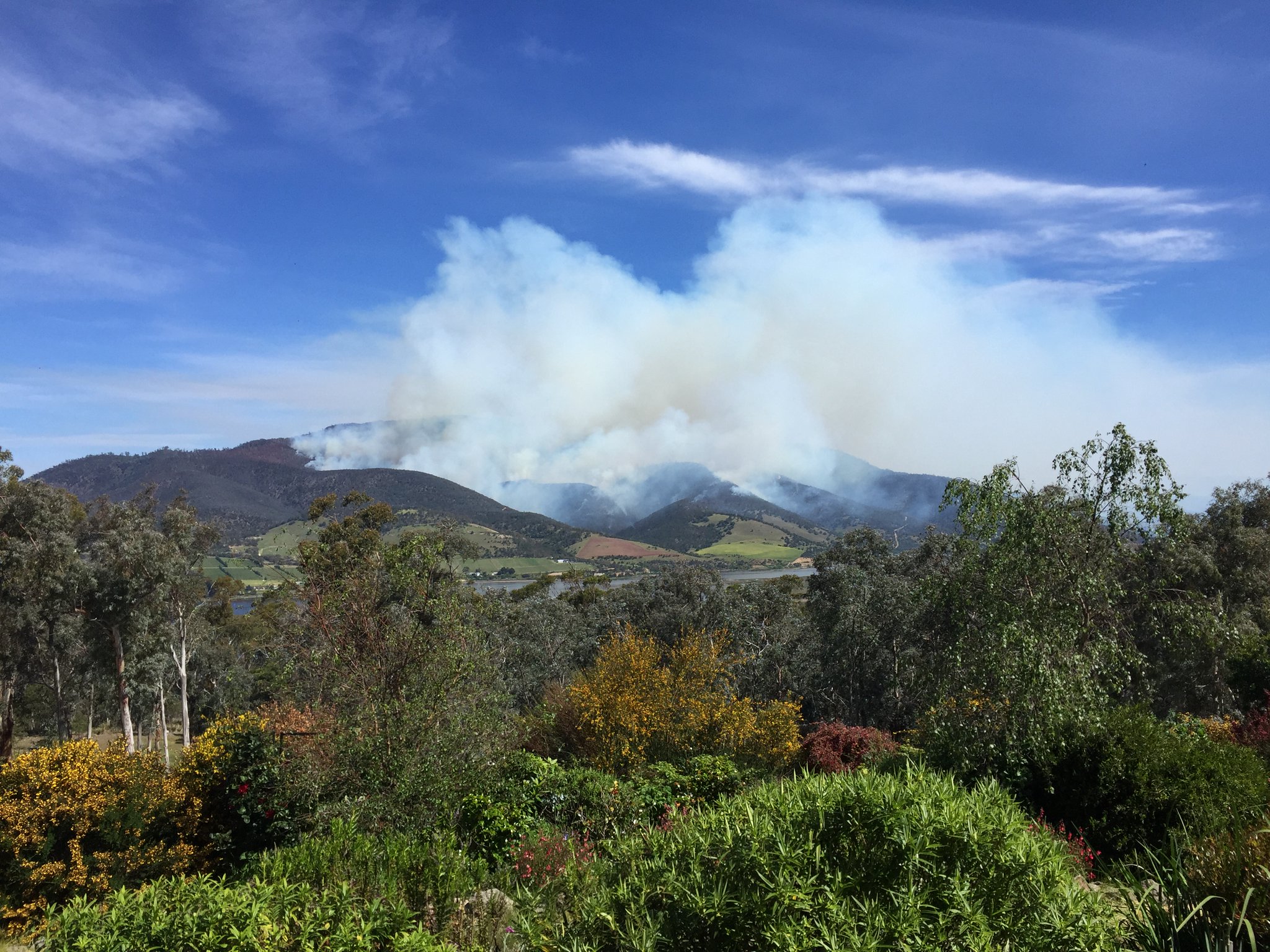How Smoke Affects the Brain
by Lily Whiting

Dr Sharon Campbell is one of the researchers of the ISLAND Project with an area of interest being the effect of smoke on the brain.
With a focus on the smoke inhalation aspect of your research, how does the geographical environment of Tasmania lend itself to a population study like this? Generally, people in Tasmania breathe very good quality air – some of the best in the world. However there are two big threats to our air quality – smoke from wood heaters over winter and smoke from bushfires and planned burns over summer. These sources are obviously very different. Smoke from wood heaters is generally most severe in more rural locations (where more houses rely on wood for heating) and especially in valleys where colder overnight temperatures make the smoke settle towards the ground and then it gets trapped. Launceston is quite well known for this, although the wood heater buyback scheme has substantially reduced this hazard in the city over time. On the other hand, bushfire smoke can travel a very long way, so when we see and smell smoke from a bushfire, it could be close by or from the mainland.
Are there populations living in certain areas of Tasmania that might be more valuable to your research when assessing constant exposure to smoke inhalation? Places that are close to bushland are at higher risk of being affected by smoke from bushfires, although smoke travels a long way and can affect populations far away from the fire. Some rural towns have poor air quality over winter from wood heater smoke. But probably most important is that some people are more vulnerable to the effect of smoke exposure than others – the very old, the very young, people who have existing chronic illnesses like lung disease, heart disease and diabetes, and people who are pregnant. These people need to take extra precautions to reduce their risk of being exposed to smoke, especially when it is at high levels.
How are you addressing exposure to other types of smoke such as cigarettes, household fires or camping fires in your research? Exposure to tobacco smoke is not included in our research as such – it’s a very different and very fascinating area. We’ve known for many years that exposure to cigarette smoke has specific and detrimental impacts to the health of smokers and the health of those surrounded by second-hand smoke. Other types of fires like house fires or camp fires are usually short lived, and generally well-contained to an area, so don’t have the population-wide effects that we see from bushfire and wood heater smoke.
What’s next for the team? In collaboration with the University of Melbourne, we will be launching a new version of our air quality app AirRater in 2023. The new version will include pollen counts from more areas of Australia, as well as other new features. We are really excited to work with UoM to make the app even better.

